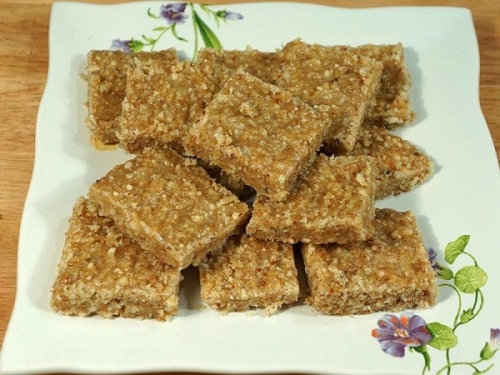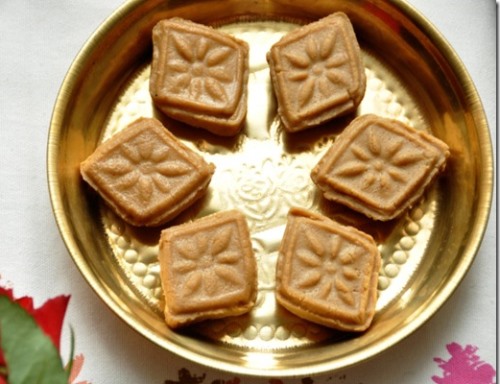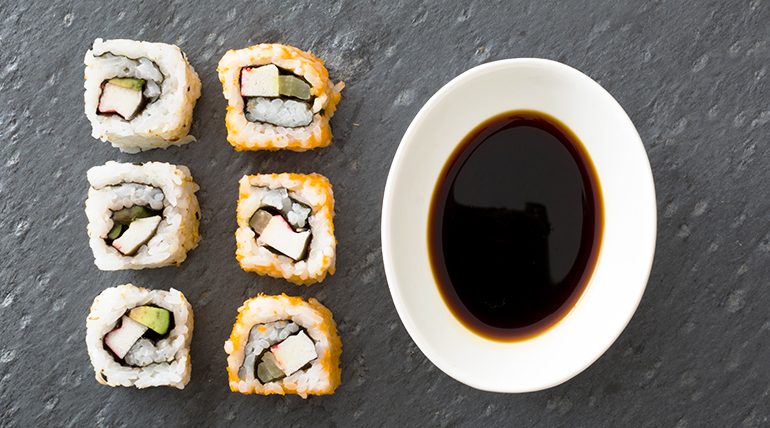Traditional Diwali Desserts Across India
Festivals are the occasions which serve to unite people from different cultures and backgrounds. Diwali is one of the most popular festivals in the country. Be it any corner of India, Diwali is celebrated with joy and enthusiasm.
Sweets are the most important part of the festivals in India. We are divided by cultures but united by food and taste.
This Diwali let’s have a glance at the Traditional Diwali Desserts across India.

GAJRELA
It’s a runny carrot kheer with lots of Silvered Almonds quite popular in North India. It is from the family of the traditional Gajar Ka Halwa, but is more interesting in terms of flavor, texture, and appeal. This dish will surely make your heart melt.

MOTI PAK
Popular in Western India, specially made in Rajasthan & Gujarat – Moti Pak is a Barfi made with chickpea flour, khoya, and sugar.
The taste reminiscent of Moti Pak is somewhat similar to our much loved ‘Motichur Laddoos’.

CHIRAUNJI KI BARFI
This unique type of barfi has its origin in central India, specifically in Sagar, Madhya Pradesh.
It is made with almond –flavoured seeds called chironji or charoli which is also used as a cooking spice in India.
It is the cooked in Desi Ghee and is widely loved by the people across India.

UKKARAI
The most popular dessert in the Chettinad cuisine is – Ukkarai. This simple yet delicious traditional dish is made from chana dal, jaggery, and roasted nuts.
Ukkarai will give your taste buds a delightful experience this Diwali.

SANDESH
Sandesh also pronounced as ‘SONDESH’ by the Bengalis, is made of chana, sugar/jaggery and lots of Desi ghee. It is the most popular dessert across East India.






